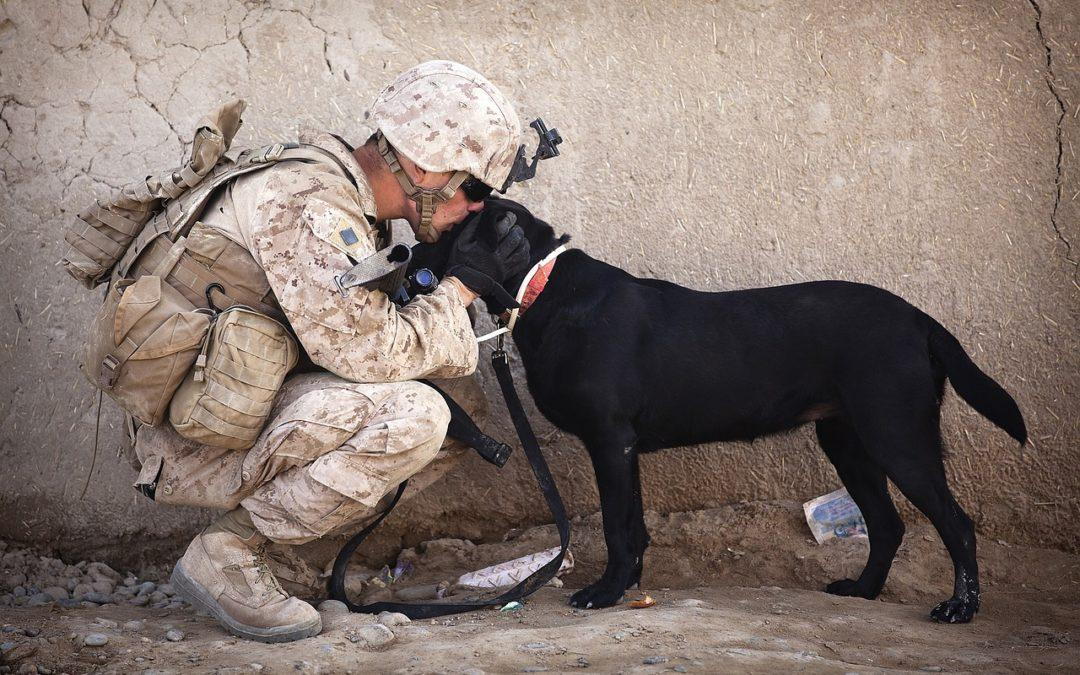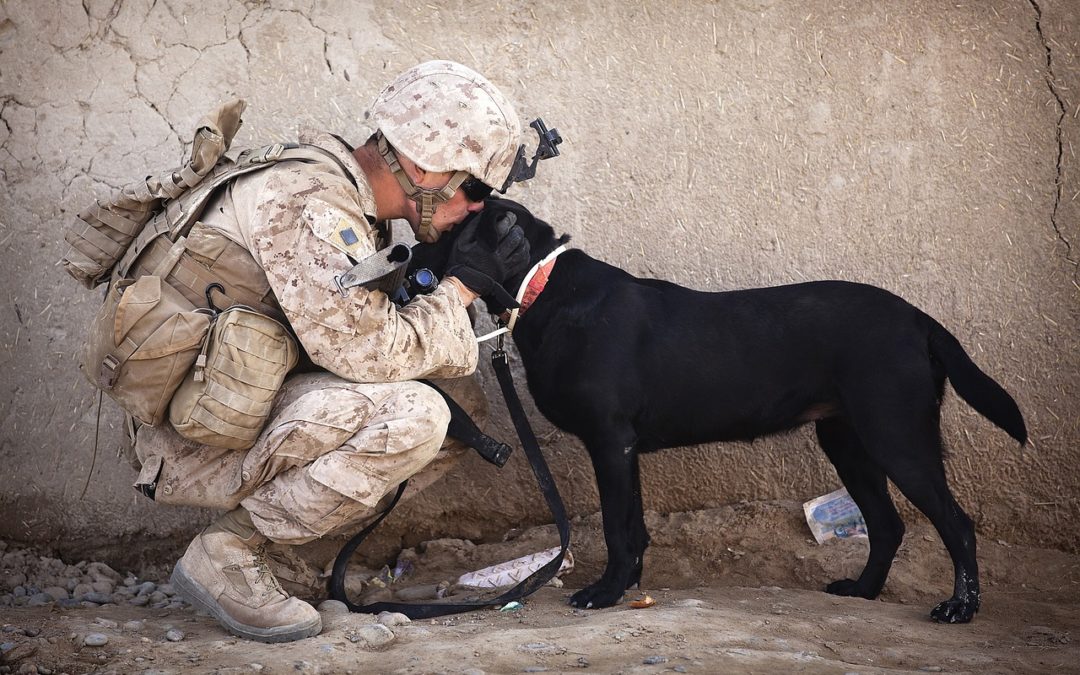

Most people are familiar with the acronym PTSD, but many still do not understand what it describes. PTSD stands for Post-Traumatic Stress Disorder. This condition affects people who have experienced or witnessed severe trauma, and it is particularly common among combat veterans and assault survivors.
If you or a loved one has been recently diagnosed with PTSD or have started to display the symptoms of PTSD, it is imperative to seek treatment and counseling. PTSD can entail severe issues and disrupt everyday living. It’s vital to have a reliable support network, and there are countless resources available for PTSD sufferers of every kind.
PTSD Statistics
PTSD affects nearly 8% of the American population or roughly 24.4 million people. This is an estimate, but studies have shown that about 70% of American adults have experienced some sort of traumatic event. Nearly one fifth of those people will go on to develop PTSD. It’s important to note that PTSD is not a sign of weakness in any way. Anyone who has experienced trauma can develop PTSD, and it affects everyone differently.
PTSD Symptoms and Warning Signs
PTSD makes everyday life very difficult in the wake of a traumatic event. The most notable symptom of PTSD is extremely vivid flashbacks or recollections of the traumatic event. These episodes can trigger the human “fight or flight” reflex. This reflex causes adrenaline to surge as the victim feels panicked. PTSD sufferers are generally easily startled and, in some cases, prone to emotional outbursts. In addition to these symptoms, PTSD sufferers regularly report nightmares about the event or circumstances surrounding the event. This can make sleeping very difficult.
Many of the symptoms of PTSD take time to manifest and so may not be immediately apparent. For example, some PTSD sufferers subconsciously (and in some cases actively) avoid anything that reminds them of their traumatic event. Additionally, some experience intense feelings of guilt or remorse and develop very negative emotions. PTSD sufferers also regularly report that they no longer find enjoyment in their usual hobbies and favorite pastimes.
PTSD and Children
It’s an unfortunate reality that children can be affected by PTSD as well as adults. Children who experience PTSD typically start displaying regressive behaviors. For example, a child who has already been toilet trained may start wetting the bed after a traumatic event. In extreme cases, some children lose their ability to speak. More commonly, children with PTSD will display aggressive or combative behavior, usually to generate attention.
Find PTSD Treatment That Works for You
If you or someone you love has PTSD, trying to overcome this disorder alone isn’t a healthy option. Support systems are crucial, and avoiding reminders of the trauma isn’t always a viable coping method. It’s important for PTSD sufferers to connect with people who can help them along in the process of managing their everyday lives.
Additional resources:
http://www.ptsd.va.gov/public/PTSD-overview/basics/what-is-ptsd.asp
https://www.nimh.nih.gov/health/topics/post-traumatic-stress-disorder-ptsd/index.shtml
https://www.adaa.org/understanding-anxiety/posttraumatic-stress-disorder-ptsd
http://www.healmyptsd.com/education/post-traumatic-stress-disorder-statistics